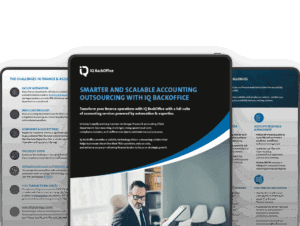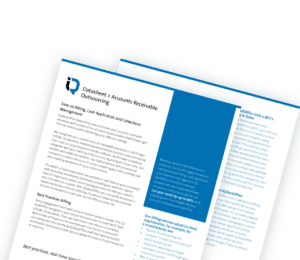
Introduction
The global accounting outsourcing market is expected to reach a staggering $130.2 billion by 2027, reflecting the growing trend of businesses seeking efficiency and expertise. While delivering impeccable accounting services is crucial, success for outsourcing companies, as with most companies, hinges on their ability to monitor and improve their own performance continuously.
This begs the question: what metrics should accounting outsourcing companies prioritize in their monthly analysis? Understanding the answer empowers these businesses to identify areas of strength, address weaknesses, and ultimately deliver exceptional value to their clients.
Client-Centric Metrics
Client Satisfaction
Surpass expectations to win client loyalty. Regularly measure your client satisfaction metrics with surveys or tools. For example, send clients a quarterly survey with questions like “How would you rate our overall service quality?” or “How likely are you to recommend us to a colleague?”. Closely analyze the feedback to drive service improvements.
Client Retention Rate
Service-Level Agreement (SLA) Compliance
SLAs establish trust. Monitor your SLA compliance rate by tracking which services you delivered on time and comparing those to your agreement. Let’s say your SLA promises an average turnaround of document processing within 1 day – from the date of receipt to completion. Track the percentage of your responsiveness through your QBR (Quarterly Business Review) in meeting this deadline to ensure SLA compliance.
Efficiency and Performance
Project Completion Rate
Employee Engagement and Productivity
Utilization Rate
First-Call Resolution Rate
Errors and Rework Rate
Workflow and Financial Health
Average Invoice Processing Time
Cost-Effectiveness
Data Security and Compliance
New Client Acquisition Rate
Beyond Metrics: Building a Growth-Focused Culture
Open Communication
Employee Development
Offer training for continuous skill development, helping staff excel in the ever-changing industry.
Embrace Innovation
Empowering Sustainable Success through Continuous Improvement
Here are some key strategies to cultivate continuous improvement:
Empowering Open Communication
Investing in Employee Development
Embracing Innovation
Conclusion
FAQs
Are You Considering Outsourcing Your Accounting Functions? IQ BackOffice Can Help.
Here at IQ BackOffice, we provide financial business process outsourcing for large and mid-sized enterprises. We serve a range of diverse industries, including manufacturing and distribution, healthcare and dental, restaurant and hospitality, energy, retail, and technology. Our solutions enable companies around the globe to automate and streamline the complex financial processes they manage.
IQ BackOffice reengineers financial processes to take advantage of best practices and leverage state-of-the-art automation. This allows us to remove manual or inefficient steps, delivering improved controls and up to 70% cost savings for our clients.
To find out more about how IQ BackOffice can reduce costs and streamline your Accounts Payable function, get in touch with us.
Read More about IQ BackOffice offerings:
How Can Outsourcing Accounting Make Accounting Departments More Efficient?
Is it Time for your Company to Consider Outsourcing Financial Operations?
The Future of Business Payments – 5 Post-Pandemic Best Practices
Business Process Outsourcing, and a Closer Look at Accounts Payable
Accounting Automation and Outsourcing – Top 5 Rookie Mistakes
What is AP Automation and Does It Work On It’s Own?
Outsourcing Accounting Processes – Does It Actually Save Money?
Read More about IQ BackOffice offerings:
How Can Outsourcing Accounting Make Accounting Departments More Efficient?
Is it Time for your Company to Consider Outsourcing Financial Operations?
The Future of Business Payments – 5 Post-Pandemic Best Practices
Business Process Outsourcing, and a Closer Look at Accounts Payable
Accounting Automation and Outsourcing – Top 5 Rookie Mistakes
What is AP Automation and Does It Work On It’s Own?
Outsourcing Accounting Processes – Does It Actually Save Money?



















